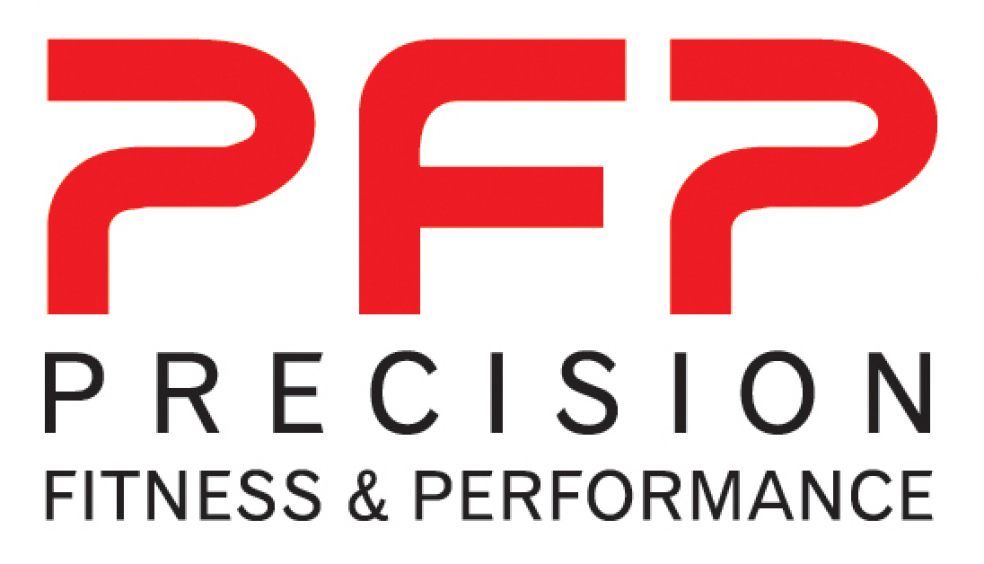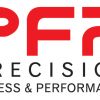
Train according to recognised muscle fibre types
The fibre make up of a muscle group should determine the load and therefore the rep range of the set / exercise being preformed. All muscles have mix of fibre types, but they will have a dominance of one type of muscle fibre over another. Although there are many types of muscle fibres they are generally put in to these categories:
Type 1 – Slow twitch or slow oxidative, are often postural and endurance type muscle fibres. They have a good blood supply (red meat) and as such have a more prolonged work capacity due to the supply and use of O2 to produce energy. The soleus (muscle under the calf) is a good explain of a muscle with a predominant slow twitch fibre make up, where as the calf is more fast twitch dominant!
Type 2a – Fast twitch or fast oxidative glycolytic (intermediate twitch really), these muscle fibre types have less blood supply than type 1 and therefore less O2 can be delivered to aid contractions, they fatigue quicker than the type 1 fibres. Although these types of fibres fatigue quicker they produce more force and can hypertrophy easier. They use a combination of O2 and stored glycogen as fuel.
Type 2b – True fast twitch or fast glycolytic fibre types have a poor blood and O2 supply (white meat) and therefore fatigue very quickly but are capable of producing strong and fast contractions over a short space of time (anaerobic – without O2). Muscles with this type of fibre have the greatest potential for strength and hypertrophy. The Hamstrings are a good example of a muscle group with a dominance of fast twitch fibres.
When doing leg press for example, even though we may be fatiguing it is likely that we can continue to grind out some more reps if the mind is willing!? However, if doing leg flexion type exercises, the hamstrings fatigue quickly and totally (fast twitch), yet the leg extensors / quads (slow twitch) can keep going. This is because of the fibre make up of the muscle groups involved.
This indicates that to train fast twitch muscle fibres optimally that heavy loads (higher % of 1 RM) and less reps is far better than light (lower % of 1 RM) and high reps! Similarly to train slow twitch muscle fibres optimally, lighter weight and more reps would be prudent. People often d knee flexion exercises in the 12 plus rep range and expecting hypertrophy results. They would be better advised to do less reps and use loads closer to their 1 RM (say 3-7 reps) this will tap into the fast twitch fibres better which we now know have a better potential for growth.
Further to this subject is the fact that some individuals are genetically gifted with more fast twitch fibre than others. E.g. a Premiership rugby winger, top class sprinter, shot putter will have more fast twitch fibres than a prop, marathon runner or endurance rower. It is worth testing yourself to see what your fibre make up is so that you can train according to you genetic capability. Find your 1 RM then reduce it 80% and see how many reps you can do. If you conk out after 3-4 then it is a sign that you are a fast twitch fibre type and would do well to train with heavy loads and less reps. If you can ‘rep out’ with 12 plus then it indicates that you are a slow twitch fibre type and lighter loads and more reps suit you more. (Poliquin et al). The average trainer can expect to achieve 7 reps at 80% of his / her 1 RM.
This is not to say that varying reps, sets, load and time under tension shouldn’t be done according to a planned periodisation. Just that constantly training with reps and loads that you are not genetically designed for makes for sub optimal results.
It must also be realised that training slow = move slow. This is not a good attribute for an athlete. Moving the load concentrically as fast as possible will tap into fast twitch fibres and high threshold motor units which will transfer to speed of movement / sport.
A bloke I train who was a youth national gymnastic champion (power, speed and strength fast twitch sport) joined the Army as an infantry soldier and for 22 year and the main focus of his training was endurance slow twitch endurance type training. These days he does not run more than 40mts at a time and lift weights and enjoys Olympic lifts but due to the years of running his power output is now relatively poor. Basically he has adapted to his adult military training style and has become more efficient at using slow twitch muscle and low threshold motor units than the fast twitch and powerful training of his youth. My point is that if you train slow then you will be slow no matter what your fibre type. Therefore train according to your genetic muscle fibre makeup for best results.
If you are training for power and are using technical and complex movement patterns like Olympic lifts it is wise that you concentrate on speed / power and do not fall into the endurance trap. If the load used to stimulate fast twitch and high threshold motor units is sufficient then doing anymore than 1-3 snatches or 1-5 power cleans will be more than sufficient. Anything over this will either be an endurance protocol or will lead to poor technique and possible injury as the smaller postural muscles of the upper back begin to fail. A further example of foolish reps / loading is doing front squats for more than 6-7 reps with equivalent load. The prime movers may well be able to keep going but the upper back will likely begin to fatigue…injury imminent!
Take home points:
-To train type 1 fibres keep to 12 plus reps
-To train type 2a fibres keep to 6-12 reps
-To train type 2b fibres keep to 1-5 reps
-Find your 1 RM, reduce it to 80% and see how many reps you can do to failure.
-Train slow (concentrically) means you will be slow in your sport / activity.
-Each muscle has a mix of all fibre types but some are more fast twitch or slow twitch dominant, therefore train according to the fibre make up for best result in strength, power and hypertrophy.
-If training for true strength or power then don’t drift into endurance just because it gets you out of breath. Do your endurance training another time…if that’s your thing.
-We are born with our fibre makeup but the type of training we do can improve or indeed degrade these to some degree.
-Mixing things up according to a well thought out periodisation plan can be an excellent stimulus but avoid ’mickey mouse’ training!













